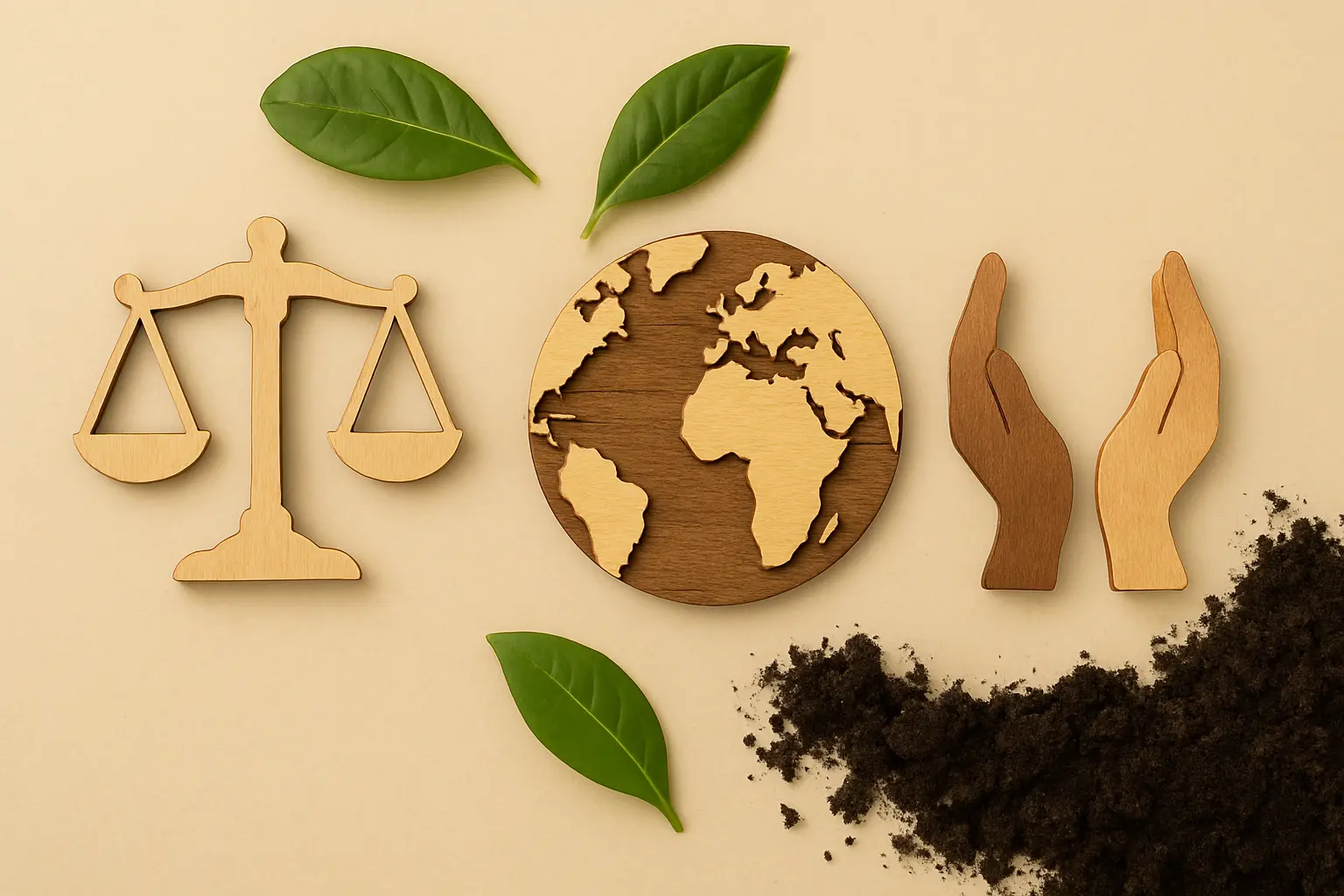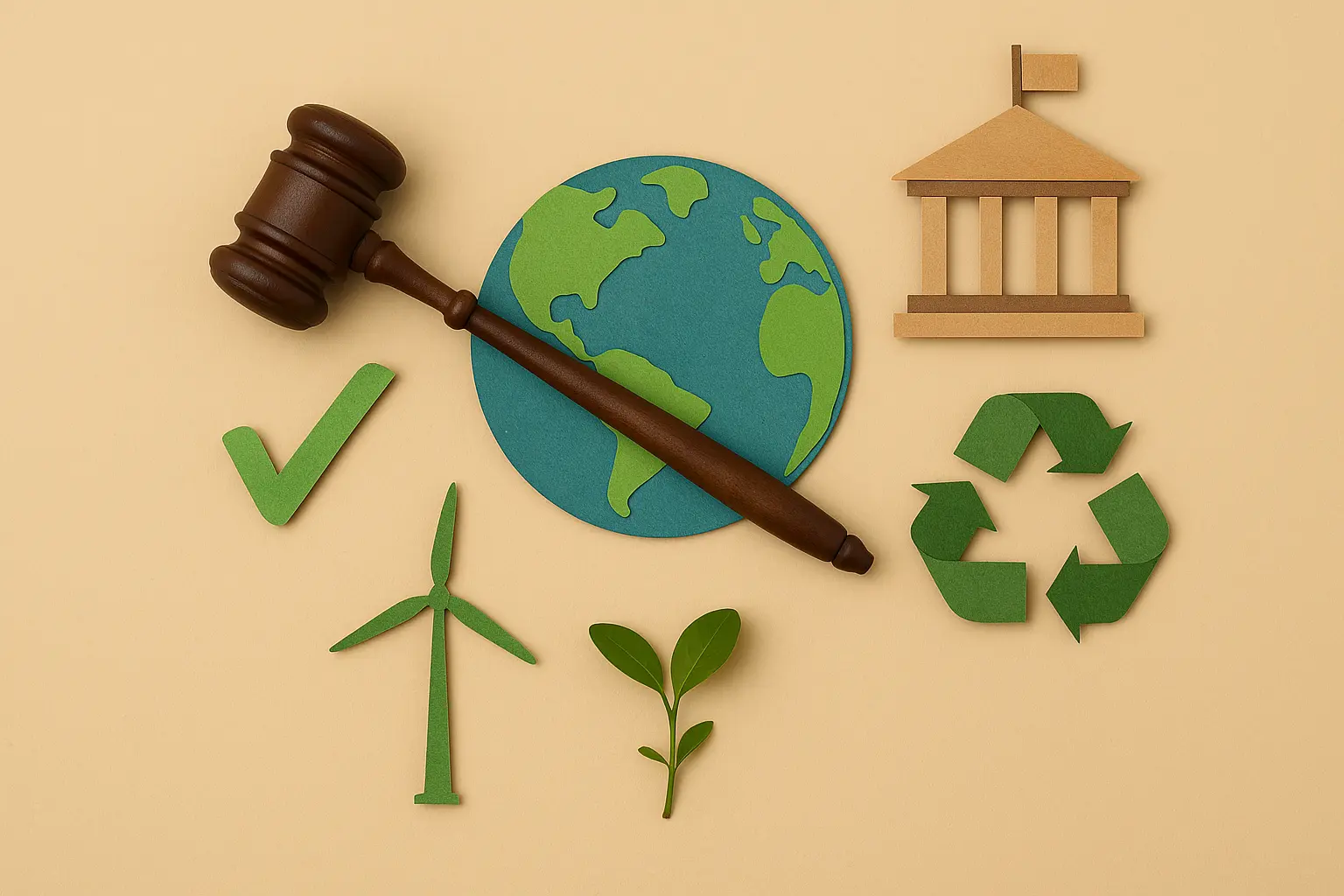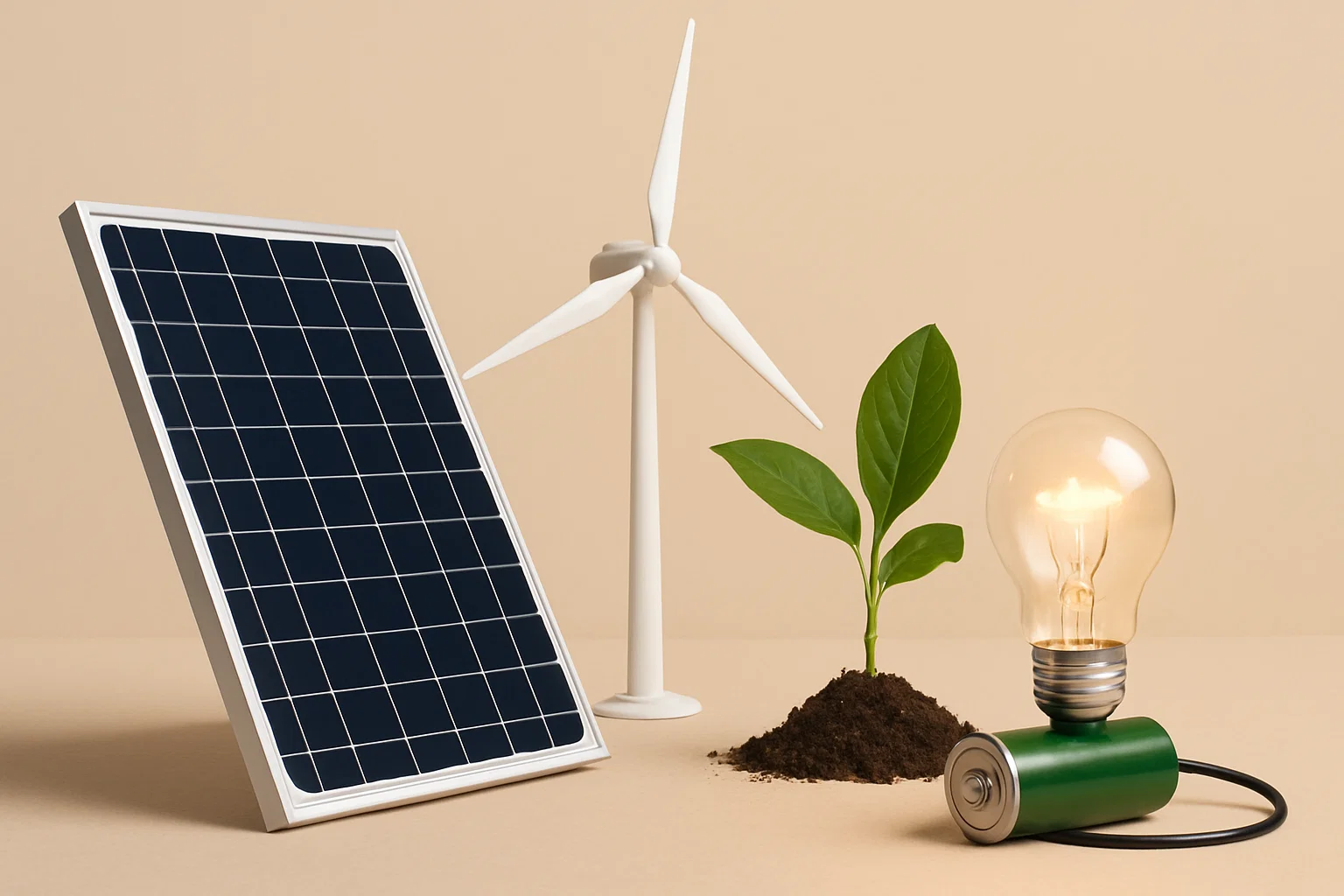The Uneven Burden: Unraveling the Intersection of Climate Justice and Racial Equity

The escalating crisis of climate change casts a long shadow across the globe, threatening ecosystems, economies, and human well-being. However, the impacts of this global phenomenon are far from evenly distributed. Increasingly, the evidence reveals a stark and undeniable truth: the burdens of environmental degradation and climate change disproportionately fall upon marginalized communities, particularly those defined by race and ethnicity. Understanding this critical intersection of climate justice and racial equity is not merely an academic exercise; it is fundamental to building a truly just and sustainable future for all.
For too long, environmentalism has, at times, operated in silos, failing to fully acknowledge the deeply rooted social and historical factors that shape vulnerability to environmental harm. Similarly, the fight for racial justice has often focused on civil rights and systemic discrimination without explicitly addressing the environmental dimensions of inequality. However, a growing movement recognizes that these struggles are inextricably linked, forming a complex web of injustice that demands a unified and intersectional approach.
The Geography of Disadvantage: How Racial Inequity Amplifies Climate Impacts
The disproportionate impact of climate change on communities of color is not accidental; it is a direct consequence of historical and ongoing systemic inequities. Discriminatory practices, such as redlining and exclusionary zoning, have historically relegated marginalized communities to live in areas that are more susceptible to environmental hazards. These neighborhoods are often located near polluting industries, waste disposal sites, and in flood-prone or low-lying areas, making residents more vulnerable to the impacts of climate change:
- Exposure to Pollution: Communities of color are often burdened with higher levels of air and water pollution from nearby industrial facilities and transportation corridors. This pre-existing environmental burden exacerbates the health impacts of climate change, such as respiratory illnesses during heatwaves or increased vulnerability to waterborne diseases after flooding. For example, studies in the United States have consistently shown that Black and Latino communities are exposed to significantly higher levels of particulate matter and other air pollutants compared to white communities.
- Increased Vulnerability to Extreme Weather: Due to factors like inadequate infrastructure, underfunded public services, and housing segregation, marginalized communities often experience greater vulnerability to extreme weather events intensified by climate change. Lack of access to air conditioning during heatwaves, inadequate drainage systems leading to more severe flooding, and slower disaster response times disproportionately impact these communities. The aftermath of Hurricane Katrina in New Orleans starkly illustrated how racial and socioeconomic disparities amplified the devastation and recovery challenges for Black communities.
- Food Deserts and Insecure Access to Resources: Systemic inequalities often result in limited access to healthy food options and clean water in marginalized communities, creating "food deserts" and undermining resilience to climate-related disruptions in food and water supplies. Climate change impacts on agriculture and water availability will further exacerbate these existing vulnerabilities.
- Displacement and Climate Migration: As climate change intensifies, leading to sea-level rise, extreme weather events, and resource scarcity, marginalized communities are often the first to be displaced and face the greatest barriers to relocation and resettlement. Indigenous communities, in particular, whose cultures and livelihoods are often deeply tied to specific lands and ecosystems, face existential threats from climate change.
The Roots of Injustice: Historical and Systemic Factors
The intersection of climate justice and racial equity is not a recent phenomenon; it is deeply rooted in historical and ongoing systemic injustices:
- Colonialism and Resource Extraction: Historically, colonial powers often exploited the land and resources of indigenous territories and communities of color, leaving behind a legacy of environmental degradation and pollution that continues to disproportionately affect these populations.
- Industrialization and Environmental Racism: The siting of polluting industries has often followed lines of racial and socioeconomic segregation, with factories and waste facilities disproportionately located in or near communities of color due to factors like lower land values and political marginalization. This practice, often termed "environmental racism," has created enduring health disparities.
- Unequal Political Power and Representation: Marginalized communities often lack the political power and representation to effectively advocate for their environmental concerns and protect themselves from polluting industries and environmentally damaging policies. This lack of agency perpetuates environmental injustices.
- Climate Policies that Perpetuate Inequality: Even well-intentioned climate policies can inadvertently exacerbate existing inequalities if their design and implementation do not explicitly consider the needs and vulnerabilities of marginalized communities. For example, carbon pricing mechanisms, if not implemented with social safeguards, can disproportionately burden low-income households and communities of color.
Towards a Just and Sustainable Future: An Intersectional Approach
Addressing the intersection of climate justice and racial equity requires a fundamental shift towards an intersectional approach that recognizes the interconnectedness of these struggles and seeks solutions that address both simultaneously:
- Centering Frontline Communities: Climate justice movements must center the voices and experiences of frontline communities – those most directly and disproportionately impacted by environmental degradation and climate change. Their lived experiences and traditional knowledge are crucial for developing effective and equitable solutions.
- Addressing Systemic Racism and Inequality: Dismantling systemic racism and addressing historical injustices are essential prerequisites for achieving climate justice. Policies that promote racial equity in housing, healthcare, economic opportunity, and political representation will also build resilience to climate impacts.
- Investing in Just Transitions: The transition to a green economy must be just and equitable, ensuring that marginalized communities benefit from new job opportunities and are not disproportionately burdened by the costs of the transition. This includes investing in workforce development and supporting communities historically reliant on fossil fuel industries.
- Developing Equitable Climate Policies: Climate policies must be designed and implemented with an explicit focus on equity, ensuring that they do not exacerbate existing inequalities and that the benefits of climate action are distributed fairly. This includes incorporating social safeguards into carbon pricing mechanisms and prioritizing investments in climate resilience for vulnerable communities.
- Promoting Environmental Justice: Environmental justice must be a guiding principle in all environmental policymaking and enforcement, ensuring that all communities have the right to a clean and healthy environment, regardless of race, ethnicity, or socioeconomic status.
The fight for a sustainable future cannot be divorced from the fight for racial justice. Recognizing and addressing the intersection of climate change and racial inequity is not just a moral imperative; it is a strategic necessity for creating a truly resilient and equitable world for all. Only by working together, centering the voices of the most impacted, and dismantling the systemic injustices that perpetuate environmental inequality can we hope to build a future where both people and planet thrive.
Related Blogs

Glimmers of Progress: Ten Policy Victories That Advanced Planetary Health in the Past Year
Insights on how environmental policy affects you (even if you don’t vote) in a sustainable way.

Decoding the Global Commitment: A Breakdown of the Paris Agreement and the Path Forward
Insights on a breakdown of the paris agreement (and what’s next) in a sustainable way.

Ban the Bag: Choosing Reusable Alternatives to Single-Use Plastic Carry Bags
Support local bans and global reduction by opting for cloth, jute, or foldable reusable bags.

Bank for a Better Future: Choosing Ethical Finance to Power a Cleaner Planet
Finance a cleaner planet by opting for ethical banks, green investment funds, and impact fintech.

Beyond the Ban: Navigating the Post-Plastic Bag Landscape Towards True Sustainability
Insights on banning plastic bags in a sustainable way.

Powering Change: Choosing Clean Energy Alternatives to Conventional Sources
Align with energy transition policies by opting for green providers, solar, or co-operatives.
Stay in the Loop
Get tips and insights tailored to your interests — no spam, just sustainability.